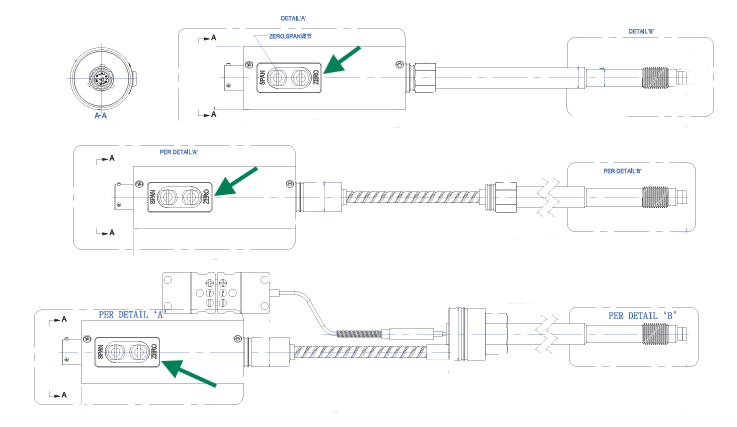PURCHASING | A Step-by-Step Guide to Transitioning from Procurement to Supplier Validation
- Bob

- Sep 10
- 2 min read

This is piece is focused on pressure control products like Pressure Transducers and Burst Plugs that NNS supplies, but the framework can be used in any sourcing circumstances from MRO products to Capital Equipment.
1. Define Requirements with Cross-Functional Input
Meet with process engineers, maintenance, and production supervisors before sourcing.
Collect requirements beyond price:
Sensor/material durability improvements (longer lifecycle, less downtime).
Delivery expectations (lead time, stocking agreements, emergency supply).
Special features (e.g., calibration certificates, coatings for abrasive polymers).
Document and prioritize these requirements so the supplier evaluation is based on team consensus.
2. Develop a Supplier Evaluation Matrix
Create a scoring sheet with weighted criteria such as:
Durability & performance reliability (40%)
Delivery & lead times (20%)
Pricing & total cost of ownership (20%)
Service/support (10%)
Innovation & value-added benefits (10%)
Use input from the extrusion team to weight categories appropriately.
3. Engage Suppliers in Trials / Pilot Runs
Request samples or trial units for head-to-head testing in real extrusion conditions.
Have process engineers track performance metrics like stability, calibration drift, and sensor lifespan.
Document test results together — this prevents supplier selection from being purely a “price decision.”
4. Validate Logistical & Support Capabilities
Confirm supplier can:
Provide quick turnaround on replacements (local stocking or consignment inventory).
Offer calibration/repair services or partner labs.
Maintain stable supply chain (multiple manufacturing locations or distributor coverage).
Ask about escalation procedures in case of line-down emergencies.
5. Review & Decide Collaboratively
Present supplier scoring and trial results in a joint review meeting with purchasing, engineering, and maintenance.
Highlight tradeoffs (e.g., slightly higher cost but longer lifecycle → lower total cost).
Make selection criteria transparent so the whole team understands and supports the choice.
6. Formalize Partnership & Continuous Review
Negotiate agreements that reflect team needs (e.g., guaranteed delivery times, annual price holds, preventative maintenance support).
Schedule regular supplier reviews with both purchasing and extrusion stakeholders to track performance.
Encourage feedback loops — maintenance reports reliability issues, engineers flag new requirements, purchasing monitors costs/delivery.
Summary
Purchasing managers strengthen decisions by:
Gathering requirements with the extrusion team (not in isolation).
Using a weighted evaluation matrix that values durability and delivery alongside price.
Running supplier trials to validate real-world performance.
Reviewing collaboratively so the team buys into the decision.
Maintaining supplier partnerships with ongoing feedback.




Comments